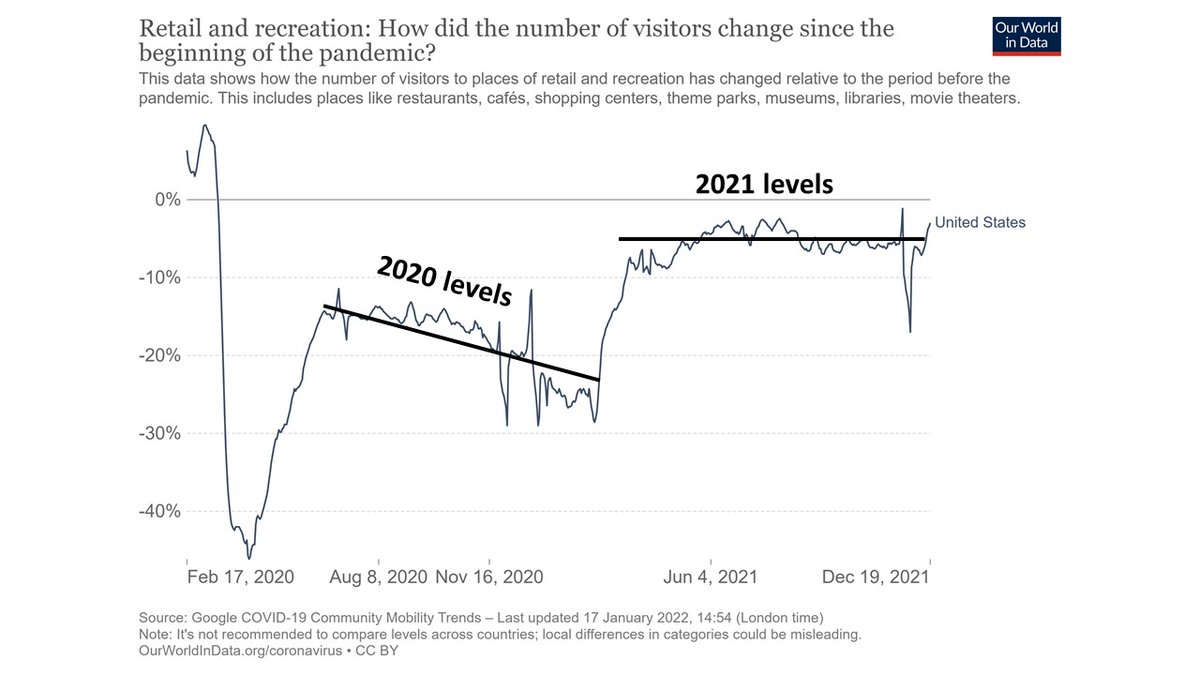It's tough to compose science-related tweets when a family member is hurting.
But here's a quick thread on 5 things I've tried at work to keep myself strong enough to support someone very special to me.
Keeping in mind that everyone's story is different and equally meaningful...
But here's a quick thread on 5 things I've tried at work to keep myself strong enough to support someone very special to me.
Keeping in mind that everyone's story is different and equally meaningful...
1. Put "self-care time" on the calendar.
It's easy to get caught up in my own thoughts and waste time as a result. But if I'm intentional about blocking specific times for self-care, I spend that time doing things (exercise, online bridge w/ my mom) that actually rejuvenate me.
It's easy to get caught up in my own thoughts and waste time as a result. But if I'm intentional about blocking specific times for self-care, I spend that time doing things (exercise, online bridge w/ my mom) that actually rejuvenate me.
2. Focus on others' projects.
I usually block time for writing/big-picture thinking. But when I'm low emotionally, I don't use that time well. Even if I feel like $#!+, I will show up for meetings and not let others' projects down. Which in turn helps me feel better about myself.
I usually block time for writing/big-picture thinking. But when I'm low emotionally, I don't use that time well. Even if I feel like $#!+, I will show up for meetings and not let others' projects down. Which in turn helps me feel better about myself.
3. Be kind to yourself.
I frequently question whether I'm doing enough - as a support, at work, in my other relationships, etc. And the answer is always "no". It helps me to remember that I don't apply those standards to anyone else - so I deserve not to have them applied to me.
I frequently question whether I'm doing enough - as a support, at work, in my other relationships, etc. And the answer is always "no". It helps me to remember that I don't apply those standards to anyone else - so I deserve not to have them applied to me.
4. Say no - and feel good about it.
I've learned over time to say no when I'm struggling (sorry to all you journal editors). But I still often feel bad when I do. I'm trying to remember that saying no is not shirking responsibility, but helping to support someone more important.
I've learned over time to say no when I'm struggling (sorry to all you journal editors). But I still often feel bad when I do. I'm trying to remember that saying no is not shirking responsibility, but helping to support someone more important.
5. Reach out.
The best moments of my work day are the first 10 minutes of every one-on-one meeting with those who know my situation well enough to help support me. It's not wrong to reach out to friends and colleagues at work for support of your own. It's essential.
The best moments of my work day are the first 10 minutes of every one-on-one meeting with those who know my situation well enough to help support me. It's not wrong to reach out to friends and colleagues at work for support of your own. It's essential.
• • •
Missing some Tweet in this thread? You can try to
force a refresh















